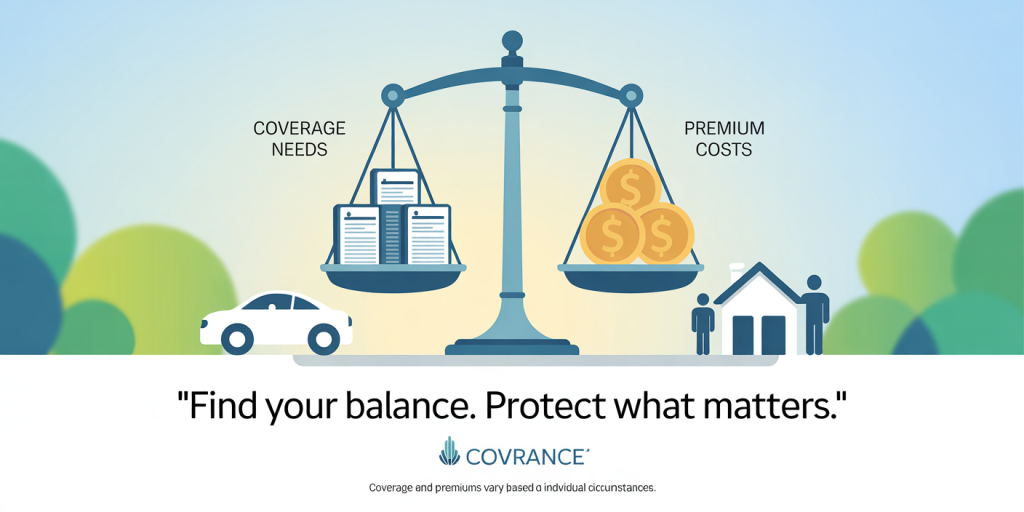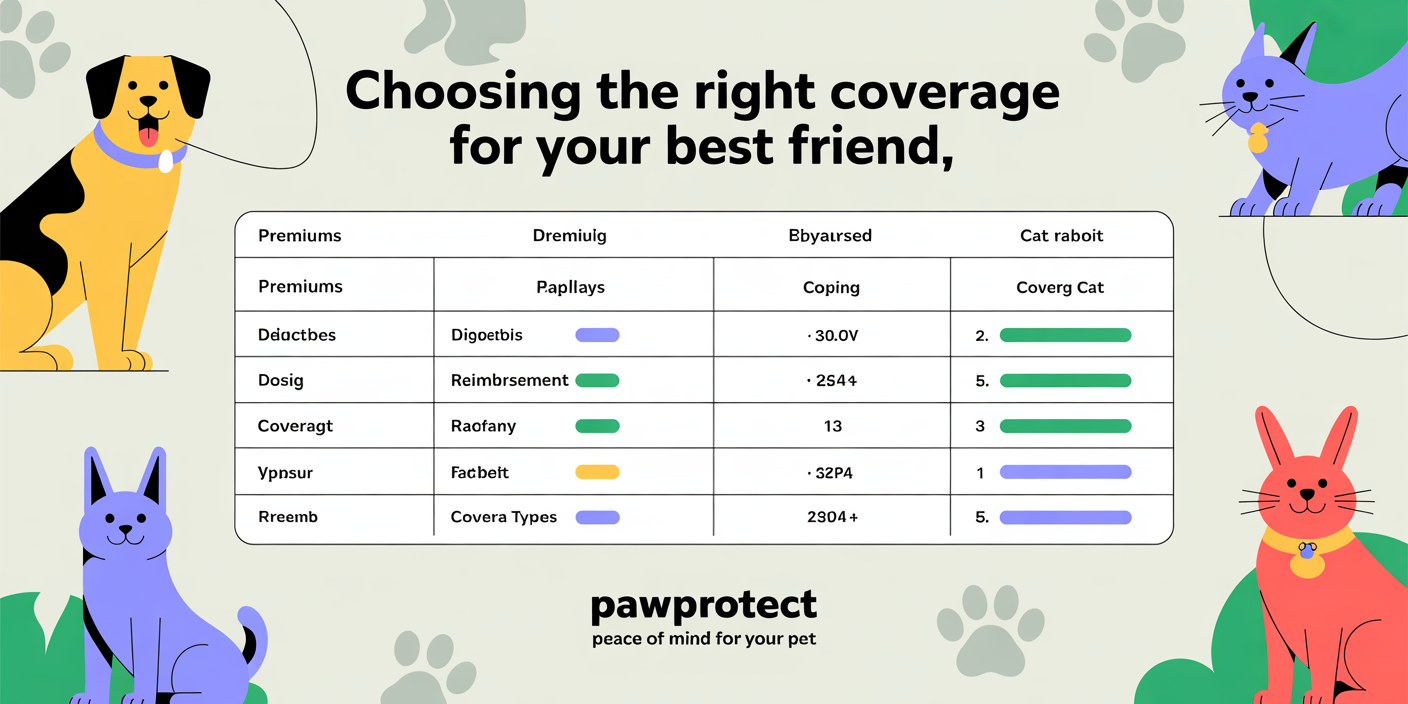How to Save Money on Car Insurance Without Sacrificing Coverage
Anúncios
Car insurance is a necessary expense for every vehicle owner, but many drivers feel burdened by the rising costs. According to the National Association of Insurance Commissioners (NAIC), the average annual car insurance premium in the U.S. reached $1,674 in 2023, a figure that has been steadily increasing due to inflation, accident rates, and medical costs. However, saving money on car insurance doesn’t have to mean compromising the coverage you rely on in emergencies. With smart strategies, informed choices, and a keen eye for discounts, drivers can reduce their premiums while maintaining robust protection.
This article explores practical methods to save on car insurance without jeopardizing your coverage. Drawing on real-life examples, statistical insights, and detailed comparisons, we will navigate ways to keep your premiums low and your insurance comprehensive.
Understanding Your Coverage Needs
Anúncios
One of the most important steps when looking to save on car insurance is to fully understand your coverage needs. It’s common for drivers to hold redundant or unnecessary coverage simply out of habit or lack of knowledge, which inflates their premiums unnecessarily.
Consider a driver like Emily from Ohio, who carried collision coverage on her 10-year-old sedan worth $2,500. Her premiums were around $1,200 annually. After assessing the vehicle’s actual replacement cost, Emily chose to drop collision coverage and saved almost $400 a year. This decision made financial sense because the payout after a claim would not cover the deductible plus depreciation.
Anúncios
But completely dropping coverage isn’t always wise. For many, liability insurance—which pays for damage to others and their property—is legally required and essential. Instead, adjusting limits and deductibles can lower costs. For instance, raising your deductible (the amount you pay before insurance) from $250 to $1,000 typically reduces premiums by 15-30%. However, this requires an emergency fund to cover the higher out-of-pocket cost.
It is vital to balance savings with risk tolerance. Consulting an insurance agent or using online tools to analyze personal risk based on driving habits, vehicle value, and location can help tailor coverage to actual needs rather than default packages.
Shop Around and Compare Quotes Annually
Insurance companies vary significantly in how they price policies, and premiums can differ by hundreds of dollars. According to the Consumer Reports 2023 auto insurance report, shoppers who compare quotes from at least three insurers save an average of 25% on premiums.
Real examples reinforce this. John, a California driver, maintained his policy with the same insurer for 10 years. In 2022, he decided to seek competitive quotes and found a provider offering an almost identical coverage plan at $600 less annually. Switching saved him a substantial sum without lowering protection.
The process involves gathering quotes either online, by phone, or through insurance brokers. Many companies now provide instant quotes online, making it easy to compare coverage and costs side by side. Factors like credit scores, driving records, and even vehicle models impact quotes differently across insurers.
| Insurance Provider | Annual Premium (Standard Coverage) | Customer Satisfaction Rating (JD Power) |
|---|---|---|
| Provider A | $1,450 | 82/100 |
| Provider B | $1,100 | 79/100 |
| Provider C | $1,560 | 85/100 |
While price is crucial, also consider customer service ratings and claim process efficiency. Sometimes paying a little more ensures faster and better service in case of accidents.
By scheduling annual quote comparisons, drivers remain in control of their insurance spend rather than falling prey to automatic renewals that often carry incremental increases.
Utilize Discounts Effectively
Car insurance companies offer a variety of discounts that are often overlooked or underutilized. These discounts can significantly decrease premiums without reducing coverage.
Common discount types include: Multi-policy discounts: Bundling your car and homeowners or renters insurance often reduces premiums by 10-25%. Safe driver discounts: Maintaining a clean driving record can earn discounts up to 20%. Low mileage discounts: Some insurers provide reductions for drivers whose annual mileage is below certain thresholds (e.g., 7,500 miles). Good student discounts: For young drivers with strong academic performance. Advanced safety features: Vehicles equipped with anti-theft devices, airbags, or collision avoidance technology.
Jessica, a 28-year-old Florida resident, benefitted from combining her car and renter’s insurance and maintaining a clean record. Her insurer reduced her premium from $1,350 to $1,050 annually—a 22% saving—without altering coverage.
Be proactive in asking insurers about available discounts and regularly update them on changes that might qualify. For instance, switching to a hybrid car, reducing mileage, or installing an approved tracking device can open new discount opportunities.
—
Adjust Deductibles to Reduce Premiums Wisely
Increasing your deductible—the amount you pay out-of-pocket before insurance kicks in—is a straightforward way to lower premiums. However, this requires planning ahead for unexpected expenses.
For example, raising a comprehensive deductible from $250 to $1,000 can reduce annual premiums by approximately 15%-30%. The exact savings depend on insurer policies and your driving profile.
Take the case of Mark in Texas, who increased his collision and comprehensive deductibles from $250 to $750. He saved about $350 annually. Because he maintained a sizeable emergency fund, covering the higher deductible was feasible.
However, this strategy isn’t suitable for everyone. Those with limited savings might face financial strain after accidents with high deductibles. Always balance potential yearly savings against possible out-of-pocket costs.
Many insurers allow separate deductibles for collision and comprehensive coverage. For example, you might choose a $1,000 deductible for collision but keep a $250 deductible for theft or vandalism coverage if those risks are higher.
Maintain a Good Credit Score and Clean Driving Record
Both credit score and driving history play a significant role in determining car insurance premiums. Studies by the Insurance Information Institute (III) estimate credit-based insurance scores can affect premiums by as much as 20-30%.
Insurers view good credit as a sign of financial responsibility and lower risk. Drivers with poor credit often pay 30-50% more on average, all else equal.
Similarly, a clean driving record is the single most effective way to keep premiums low. Researchers at NerdWallet found that one at-fault accident can increase premiums by 40-50%, while multiple violations can double insurance costs.
Real-life example: Sarah, a 35-year-old driver in New York, kept no at-fault accidents or tickets for over a decade. Combined with a strong credit rating, her premium was consistently around $900 annually, significantly below the state average of $1,300.
To maintain a favorable profile: Pay bills on time and manage credit utilization. Avoid traffic violations by following speed limits and laws. Attend defensive driving courses, which can sometimes earn discounts.
Improving credit and driving habits is a long-term strategy, but it pays dividends in lower insurance costs.
Leverage Technology and Usage-Based Insurance Policies
With advances in telematics, many insurers now offer usage-based insurance (UBI) programs that adjust premiums based on actual driving behavior. This can provide substantial savings for safe or low-mileage drivers.

A futuristic dashboard display inside a car featuring telematics data like speed, braking, and mileage, highlighting usage-based insurance technology and its impact on lowering premiums through safe driving behavior.
For instance, Progressive’s Snapshot or State Farm’s Drive Safe & Save programs analyze factors like hard braking, acceleration, time of driving, and mileage. According to Progressive, some drivers save up to 30% on their premiums via these programs.
Case example: Tom, a sales rep who drives mostly during daylight and adheres to speed limits, enrolled in a UBI program and saw his premium decrease from $1,500 to $1,050 annually. His insurer rewarded his safe driving habits with immediate savings.
UBI benefits vary per insurer and driver, so investigate if your current or prospective carrier offers such plans. However, be mindful of data privacy concerns some drivers may have regarding telematics devices or apps.
These programs especially benefit infrequent drivers, young drivers willing to improve habits, and those commuting off-peak hours.
Future Perspectives: Trends in Car Insurance Savings
Looking forward, the landscape of car insurance is evolving rapidly with technological and regulatory changes shaping premium structures and coverage options.
Electric and autonomous vehicles, for instance, present both risks and savings. While EV drivers may pay less due to reduced engine-related claims, repair costs for specialized parts can be higher, influencing premiums variably.
The rise of artificial intelligence in underwriting promises more personalized pricing based on granular driving data. This can reward safer drivers with even lower costs and reduce the burden on high-risk customers by encouraging improved driving behavior.
Moreover, insurance providers are increasingly offering flexible coverage and micro-duration policies—for example, pay-per-mile or daily insurance options—that cater to modern lifestyles and might reduce overall spend.
Environmental factors like urbanization and climate hazards also impact insurance rates but innovations in risk prediction and prevention tools may help mitigate these increases.
For consumers, staying informed and proactive will continue to be essential. Utilizing digital tools, regularly reviewing policies, and exploiting new discount structures will remain key tactics to economize without forfeiting adequate protection.
Saving money on car insurance without giving up your coverage is achievable through understanding your needs, actively comparing options, leveraging discounts, adjusting deductibles carefully, maintaining a strong credit and driving profile, and embracing technology. With these strategies, drivers can strike an optimal balance between affordability and security on the road.

A confident driver reviewing multiple car insurance quotes on a laptop, surrounded by icons representing discounts, coverage options, and savings, illustrating the concept of shopping around and comparing policies.

Infographic-style image showing a balanced scale with “Coverage Needs” on one side and “Premium Costs” on the other, including visual elements like a car, deductible amounts, and insurance documents to represent understanding and adjusting coverage wisely.



Post Comment